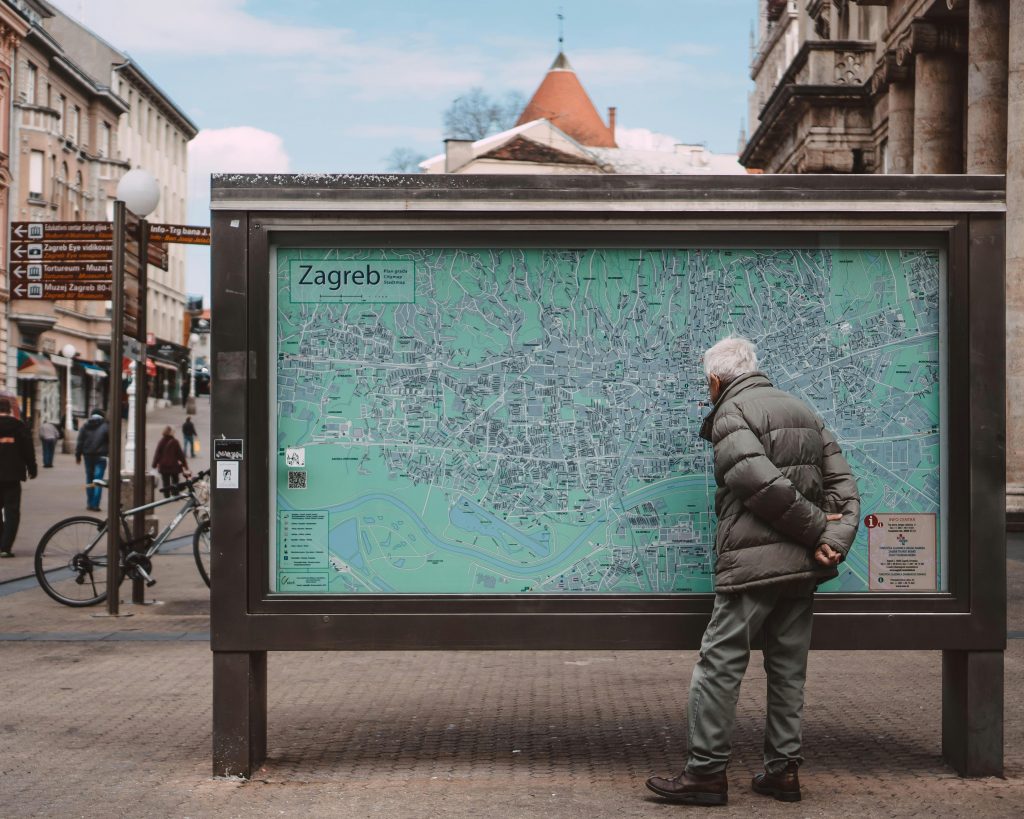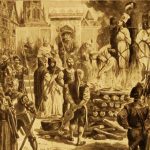February the 20th, 2024 – The March 2020 earthquake in Zagreb was awful enough for those of us who experienced it, but what about the 1880 Zagreb earthquake which shaped much of the city into how we know it today.
As Dragana Niksic writes, there are many important events that shaped Zagreb into what it is today, but one of the crucial events, the one that made most of the city look like it does today, was the 1880 Zagreb earthquake
If you’ve ever wondered why the big clock next to the cathedral shows the time that it does – it’s because that was the time when the 1880 Zagreb earthquake struck, at 07:03, on November the 9th, 1880.
The magnitude of the 1880 Zagreb earthquake was 6.3, or 8 on the Mercalli intensity scale (just for comparison, the strongest earthquake in the region took place in 1963 in Skopje, at a 6.9 magnitude, destroying the entire city and killing more than one thousand people). The earthquake was so strong that people in Vukovar and Dubrovnik felt the ground shake.
The epicentre was near Medvednica and it caused such panic that 3,800 tickets were sold in the first 24 hours after the earthquake, because people wanted to escape as fast as they could, especially because there were several minor earthquakes after the big one. Many people moved away to Vienna, Graz, Maribor, Celje, Ljubljana and Trieste. Luckily, only two people were killed, but 29 were injured.
But it was far from over – there were 185 other, smaller earthquakes in the next six months, which is, when you think about it, a terrifying number.
More than 1,758 houses were destroyed and the damage was so bad that it took half of the state’s annual budget to repair them. The cathedral was almost completely destroyed – the arches and vaults collapsed, crushing the altar and causing the floor to crack, damaging the bell tower. St. Francis Church at Kaptol and the Church in Remete suffered the same fate, as well as St. Mark’s and St. Catherine’s Church and the Stone Gate.
This terrible event caused an architectural revolution in the city – Herman Bolle decided to tear down the walls surrounding the Cathedral, add another bell tower, and in addition to the Cathedral, the entire Lower Town and its parks, palaces and avenues were built, as well as the Main Railway Station. More than 700 new buildings were built in the next 10 years, and the city’s population grew by a third. All of Europe helped Zagreb, sending funds for renovation and humanitarian aid to the citizens.
Even though many wealthy people decided to move away somewhere safer (and warmer), famous Croatian author August Šenoa stayed in the city to help his citizens renovate their homes because winter was approaching. Unfortunately, he got pneumonia and died in 1881.
One of the legends connected to the event claims that there was a big dragon sleeping underneath Upper Town (Gornji grad) and that he woke up and caused the earthquake, with his snoring causing the other, smaller ones. Perhaps that same dragon stirred and caused the March 2020 earthquake, we’ll never know. If you want to know how that much more recent earthquake felt, click here.










